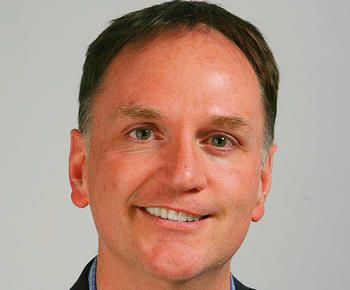In Derry, voters are being asked to approve a $99 million budget, up nearly four percent from last year.
In Manchester, Mayor Joyce Craig wants an additional $5.6 million in the Manchester School District budget, the maximum allowed under the city’s tax cap.
And in Hopkinton, it is a 7.5 percent increase in spending, approved by the 225 or so people at the town’s annual school meeting Saturday. In Conway, voters showed up to force the school board to add $1.2 million in spending back to the budget.
What do all of these school districts have in common — besides bigger school budgets? Fewer students.
It is part of an ongoing trend in the Granite State where enrollments have been steadily falling for 20 years even as overall spending has increased.
According to data tracked by the state Department of Education, Conway public school enrollment is down 29 percent since 2000. Over that same period, spending per student has soared by nearly 71 percent.
In Derry, the number of students being served is down 34 percent, but per-pupil spending has exploded, up nearly 125 percent.
These aren’t exceptions, but rather the rule. The National Center for Education Statistics reported earlier this year that Granite State public school enrollment fell by 14 percent between Fall 2009 and Fall 2020, more than any other state. Meanwhile, per-pupil spending has risen steadily over that same period from around $14,000 per student to nearly $20,000 today.
The question is, why? Why do Granite State taxpayers, who have a reputation for being tight-fisted with their finances, keep spending more on their shrinking schools? Where’s the taxpayer revolt?
Ray Chadwick, chairman of Granite State Taxpayers says its a situation Granite Staters wouldn’t tolerate in any other circumstance.
“Fewer services (students educated) are provided while administrative cost grows more than the cost of those (the teachers) who provide that service. Where else in our economy would consumers long accept such a situation without seeking other providers for that service?”
The problem isn’t a lack of information.
According to reporting in the Concord Monitor, “Several speakers noted that enrollment has been declining in the school system.” It is down 5.5 percent since 2000 but spending is up 55 percent. Yet the town meeting voted for spending increases anyway.
The same was true in Merrimack Valley School District where test scores are down, enrollment has fallen 18 percent, but spending is up about 80 percent. After a discussion, however, the school meeting added another 2.3 percent to the tab.
“School board candidates generally get rewarded for promising to spend more ‘for the children,’ even when enrollment is collapsing,” says Drew Cline with the Josiah Bartlett Center for Public Policy. “In 2000, New Hampshire’s per-pupil spending on public schools was slightly lower than the national average. Today our per-pupil spending’s risen far above the national average, but we’re teaching about 30,000 fewer students. And by the way, as we increased spending by about 40 percent, our national reading and math scores fell.”
A common complaint is the state should be contributing more to local schools. But per-pupil state funding is the highest it has ever been. And Gov. Chris Sununu’s budget calls for a new funding formula he said will increase spending even more.
“We start by increasing both base aid and free and reduced lunch by approximately 25 and 30 percent respectively over just this biennium,” he said when he announced his budget. “Overall, New Hampshire schools will see an additional $200 million over the next two years–and an additional $1 billion over the next 10 years–all with a priority towards school districts that need the aid the most.”
But how much of the additional $100 million from the state will translate into lower property taxes? If school districts simply spend the state money and keep asking town meetings for more, when will local taxpayers feel the relief?
“The fact that primary and secondary education costs are increasing faster than the inflation rate despite declining enrollment puts to lie the leftist assertion that it is all ‘for the children,'” said Bill O’Brien, chairman of the Pine Street Public Policy Institute. “Instead, it is entirely for evermore union dues flowing up to fund the increasingly bloated numbers and salaries of state and national teacher union leaders, and to support their progressive, woke politics.”






